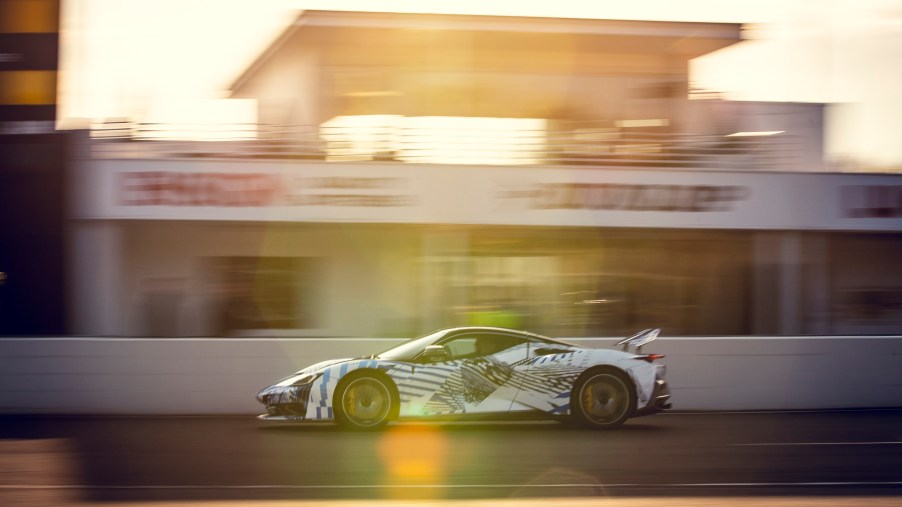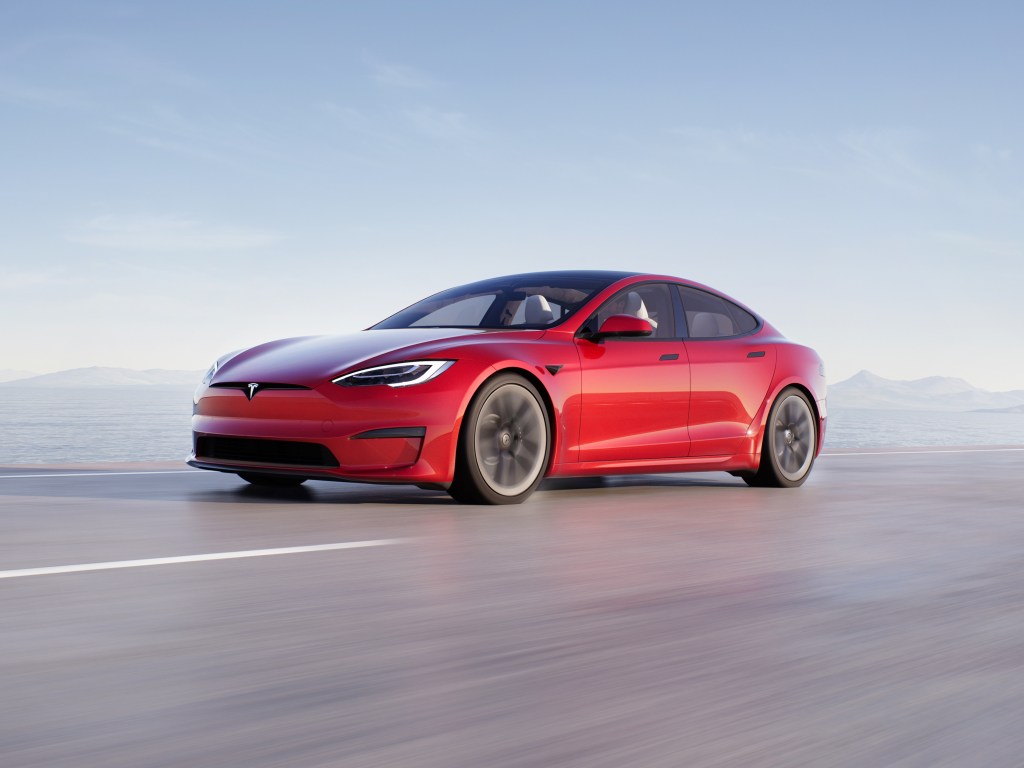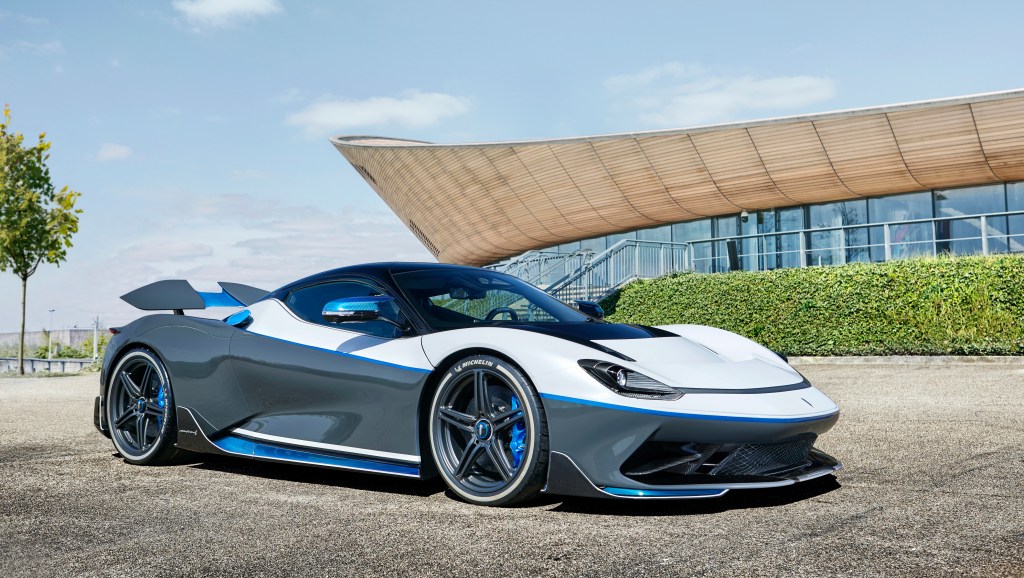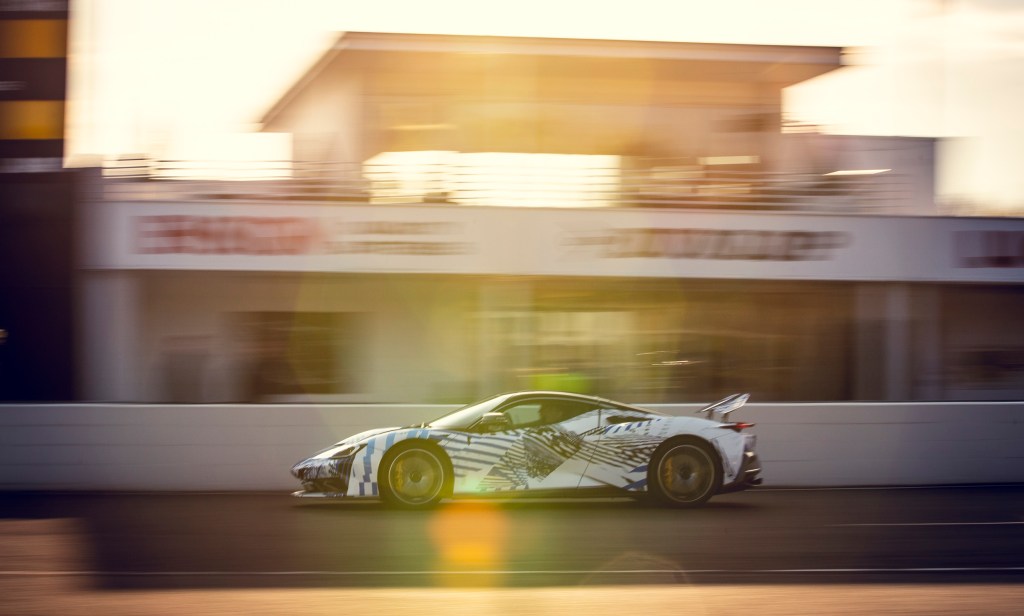
The Tesla Model S Plaid vs Pininfarina Battista
As cars get more powerful, we’re reaching the point where they can’t get any faster. Both the Tesla Model S Plaid and the Pininfarina Battista boast shocking similar 0-60 times, they’re both expensive, and they’re both luxurious. And yet, they couldn’t be more different. One is a fast car while the other is a ridiculous hypercar. And a deeper dive into these electric cars may prove we’re hitting our speed limit.

The Tesla Model S Plaid is the affordable and attainable option
The Tesla Model S is a 4 seater sedan, a car that would fit the lifestyle of most people (minus the pricetag and electric car drawbacks). Its interior is comfortable and its touchscreen is usable. Sure, there’s the odd yoke steering wheel, but beyond that, the Tesla is your typical road car. The only difference an added bonus of ludicrous speed.
Paying homage to the movie Spaceballs, “going Plaid” is the equivalent of going beyond light speed. And with 1050 horsepower from the tri-engine layout, the Model S does just that. On a prepared track and under the perfect circumstances, the car gets from 0-60 in 1.98 seconds. According to Motortrend, however, in the real world, the Plaid does it in 2.28 seconds. That’s still wicked fast, and proves how effective electric powertrains can be.
But the Model S Plaid is also attainable. At least, it’s more attainable than the Pininfarina, but more on that in a moment. The Model S Plaid costs just under $125,000 and can be ordered on Tesla’s website by anyone with the coin. The Battista, on the other hand, is a bit more exclusive.
The Pininfarina Battista is an ultra rare powerhouse

Okay, by a bit more exclusive, we mean a lot more. The car will cost $2.6 million dollars (that makes the plaid look cheap), though that price tag does reflect the fact that only 150 will be made. This includes the five cars being fitted with more power to celebrate the 90th anniversary of Pininfarina. In essence, this electric hypercar is bred to be on the track and look good while doing it.
The power figures alone are enough to prove that: in total, the car makes 1900 horsepower. Top speed? 218mph. But perhaps the most interesting factoid is how close the Pininfarina’s 0-60 time is to the Tesla Model S. On a prepped track, the Tesla can make the sprint in 1.98 seconds. Pininfarina claims the Battista will do it in 1.9. That’s only .08 seconds faster (or .3 seconds depending on the surface) than the Model S Plaid. A couple hundredths of a second faster for a hypercar that costs a couple million dollars more. It begs the question: have we hit our limit?
When will we hit our top speed?

Alright, let’s talk science: the original theory was that the fastest a car could ever accelerate was linked to how fast something accelerates due to gravity (9.8m/s). After crunching the numbers, that’d mean a car would have to get to 60mph in 2.7 seconds in order to beat gravity, which our two contenders have. But the variables being taken into account haven’t changed.
Friction with the road and air pressure are clearly putting up a fight. The horsepower difference between the Tesla and the Pininfarina is 850, and yet that only takes .3 seconds off the 0-60 time. But how about this: if the difference were double that, at 1700, would this theoretical hypercar be .6 seconds faster? The answer would likely be no. It might be .15 seconds faster, but to know for sure you’d have to grab a calculator and figure out some exponential growth. In other words, it’s complicated.
As is the dynamic between these two cars. Their 0-60 times make them comparable, but in every other way they’re opposites. One will be used as a grocery getter and the other will be put on display, rarely seeing the light of day. Though the do have one other thing in common: I want to drive them both.


